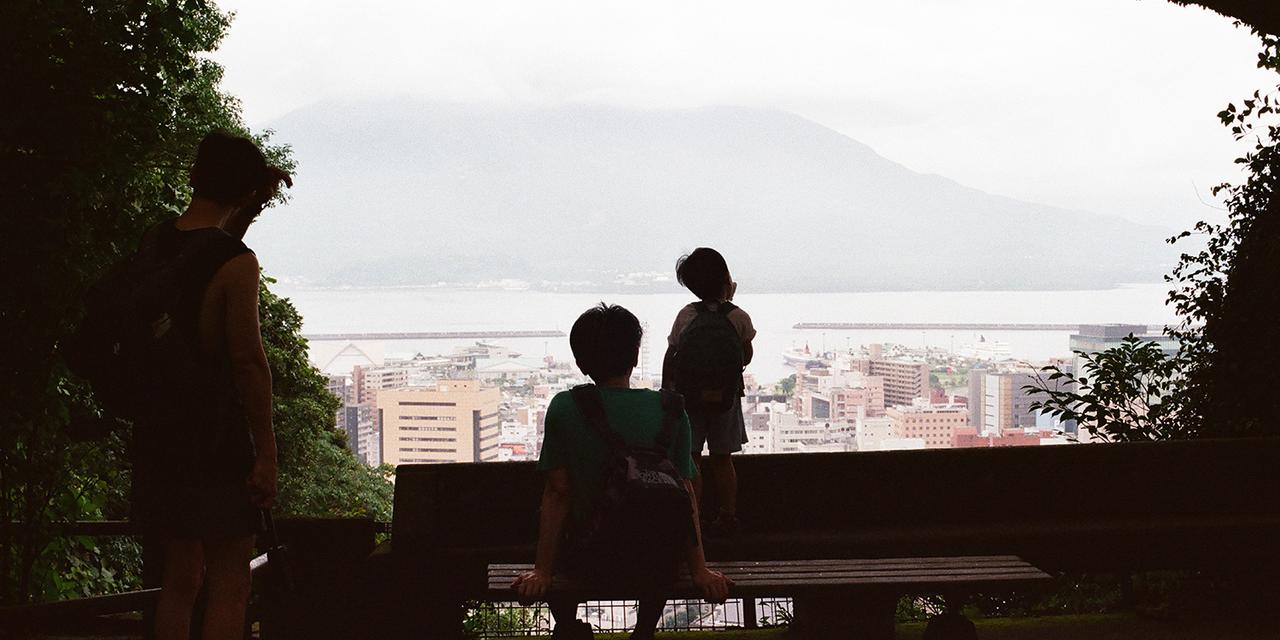


Part 6 will be available soon.
Part 6 will be available soon.
Of Volcanoes and Men
6 Parts
Articles in this series:
Part 6 will be available soon.
Sakurajima: Life in the shadow of the Japanese monster
Feature'Of Volcanoes and Men' (5/6). In southern Japan, Kagoshima's residents live under the constant threat of Sakurajima, one of the most active volcanoes in the archipelago. Photographer Chikashi Suzuki observed the city, with both fear and reverence, prepare for the volcano's next eruption.
Seen from above, its geometric perfection is striking. A cone surrounded by water, at the center of a bay encircled by the crab claw-shaped southern tip of Kyūshū Island, Japan. Sakurajima is one of the most active – and arguably most formidable – volcanoes in the Japanese archipelago. It lost its status as an island during its last major eruption in 1914, when one of its massive lava flows filled in the strait that separated it from the mainland.
As photographer Chikashi Suzuki observed the volcano from every angle, he was struck by the constant presence of clouds and smoke drifting across the slopes of the Stromboli-like giant, which you can see from almost every angle from the coastal road that encircles it. "It creates an extraordinary sense of beauty, while, despite the danger, a strange serenity prevails among the local population," said the 53-year-old Suzuki, who is originally from the Chiba prefecture, near Tokyo.
Much like in Italy, where Mount Vesuvius constantly catches Neapolitans' eyes, Sakurajima is ever-present in the landscape of Kagoshima, a city of 600,000 inhabitants with a subtropical climate. Whether while walking along the waterfront or climbing the heights of the city, known as the "Naples of the Eastern world," the tallest of Sakurajima's three peaks – standing at 1,117 meters – towers over the streets, the port and the sea, even though it is four kilometers away as the crow flies. Telescopes are set up to allow for a closer look. Even the city's restaurants seem obsessed with the volcano, serving dishes that are modeled on its shape and hint at the variety of elements it constantly projects into the air: rocks, ash, gas and more.
Up to 200 explosions per year
You have 56.83% of this article left to read. The rest is for subscribers only.




